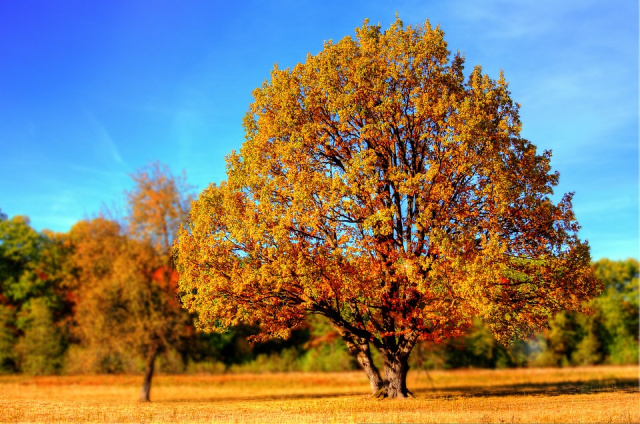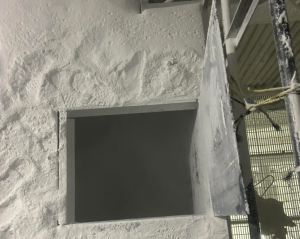
A significant lack of rainfall this summer is exacerbating drought conditions and impacting local foliage, raising concerns about an early and severe fire season along with an early fall.
The absence of rain, coupled with intense summer heat, has depleted moisture levels in the soil. As a result, trees are producing less chlorophyll, the green pigment essential for photosynthesis. With reduced chlorophyll, other compounds in the leaves, such as antioxidants, become more visible, giving the foliage a yellow, orange, and red appearance.
Unfortunately, during severe droughts, the vibrant colors typically associated with fall foliage are often muted. The lack of moisture makes leaves less healthy, causing them to become brittle and fall prematurely. This early leaf drop, combined with the typically warmer, drier conditions of autumn, creates a perfect storm for an increased risk of fires.
Several factors contribute to the heightened fire risk this year:
- Increased Plant Growth: A relatively wet spring led to substantial plant growth, which now serves as abundant fuel for fires.
- Prolonged Drought: Ongoing drought conditions have further dried out vegetation, making it highly flammable.
- Early Leaf Drop: The premature fall of leaves can contribute to larger, more intense fires. Autumn’s warmer temperatures and lower humidity levels also exacerbate fire risks.
Given these conditions, many drought-affected areas have implemented no-burn bans to mitigate the risk of uncontrollable fires. Firefighters and officials are urging residents to adhere to these restrictions to prevent potential disasters during this unusually challenging fire season.









